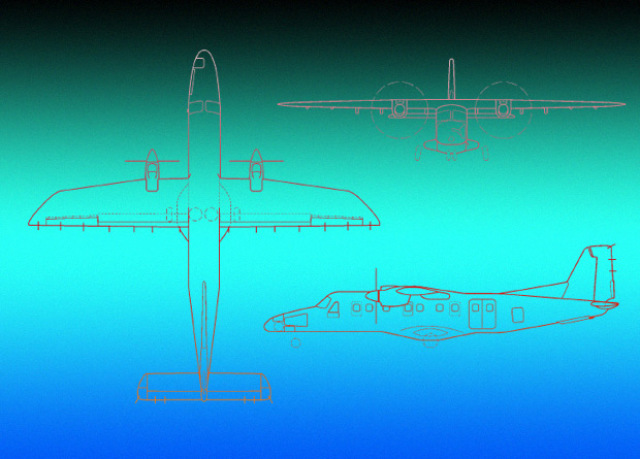The British-American company ZeroAvia has started developing a 19-seat hydrogen aircraft. According to the company's website, it uses two Dornier 228 twin-engine aircraft for this purpose. Their engines will be replaced with power plants with a capacity of 600 kilowatts.
Hydrogen planes, like electric ones, are driven by electric motors. But the latter receive electricity from the fuel cell, connecting hydrogen with oxygen on the go, which create an electric current due to redox processes. Hydrogen can give a much higher energy density than many modern batteries. The only product released during this process is water. Therefore, hydrogen-powered aircraft are considered environmentally neutral.
ZeroAvia already has experience in developing a hydrogen electric aircraft. As part of the British government's HyFlyer program, she, together with Cranfield University, created a six-seat demonstrator based on the Piper Malibu Mirage turboprop light aircraft. The developers claim that this is the largest aircraft that receives energy for flight from hydrogen. In the modified version, three tanks with compressed hydrogen were installed in the cabin instead of passenger seats, which fed it to the fuel cells. The aircraft with a power plant with a capacity of 250 kilowatts took off for the first time in 2020.
Work on the first project was suspended due to unsuccessful tests in April. The company said that he landed without problems, but caught the wing and the left main landing gear on the uneven terrain at the end of the field and was damaged.
But on June 29, ZeroAvia announced that it was starting to develop a 19-seat hydrogen aircraft. To do this, the company uses two twin-engine Dornier 228 aircraft, one from Britain and one from the United States. It is going to replace the aircraft engines with hydrogen-electric power plants with a capacity of 600 kilowatts. As a result, the six-ton aircraft will have to carry one hundred kilograms of compressed hydrogen. Its range will exceed 900 kilometers.
Hydrogen engines are more complicated than fully electric ones, so they are not being actively developed. But there are projects of hydrogen aircraft in Russia, and in China, and in Slovenia .
Vasilisa Chernyavtseva

